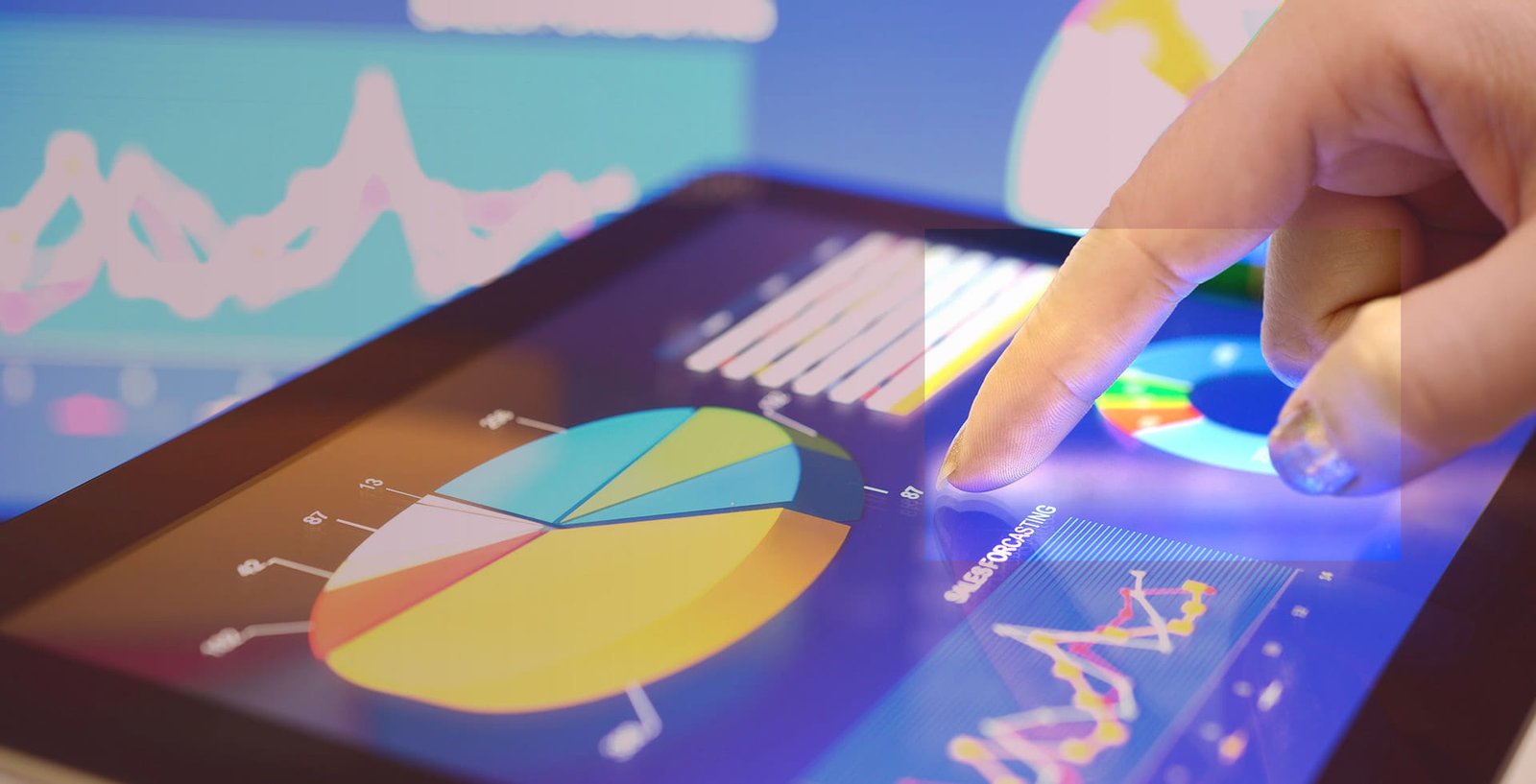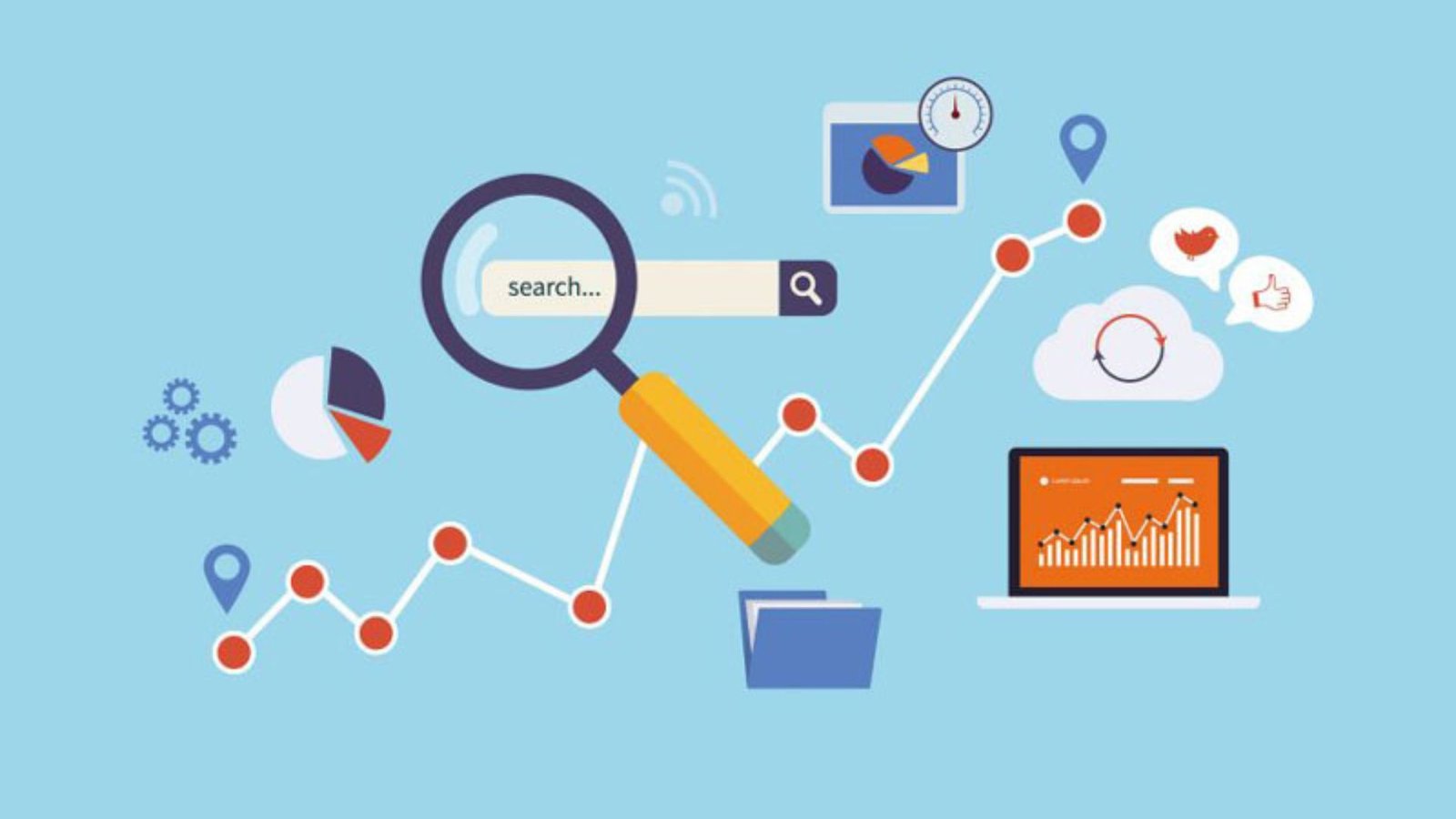Social media analytics is essential for businesses aiming to understand performance and optimize strategies. Simply posting content is no longer enough; tracking the right metrics helps identify what truly resonates with your audience and drives measurable results. Without proper analysis, businesses risk wasting time, money, and effort on campaigns that fail to deliver value. Moreover, analytics provide critical insights into audience behavior, content effectiveness, and engagement patterns. By focusing on the metrics that genuinely matter, brands can refine strategies, increase reach, and improve return on investment. In addition, analytics allow businesses to anticipate trends and respond proactively, which keeps them competitive in fast-paced digital landscapes.
Define Your Key Performance Indicators (KPIs)
Before diving into analytics, it is crucial to determine what success looks like for your brand. Key Performance Indicators (KPIs) serve as benchmarks and guide measurement, ensuring alignment with your overall business objectives.
Important KPIs Include:
-
Engagement rate: including likes, comments, shares, and mentions
-
Reach and impressions: measuring how many people see your content
-
Follower growth: tracking increases or declines over time
-
Click-through rate (CTR): visitors clicking on links in posts
-
Conversions: leads, sales, or sign-ups generated from social content
Clearly defining KPIs allows brands to focus on actionable data rather than being overwhelmed by every available metric. Furthermore, clear KPIs help teams prioritize campaigns that drive real impact, rather than chasing vanity metrics.

Analyze Audience Behavior
Understanding how your audience interacts with content is vital for effective strategy. Social media analytics reveal which types of content perform best, when users are most active, and how they engage with your posts.
Analysis Techniques:
-
Track engagement across different content formats, such as videos, images, and text posts
-
Identify the content that sparks the most interaction, including shares and comments
-
Monitor audience demographics and behaviors to tailor messaging effectively
-
Use insights to guide future content strategies and campaign planning
By analyzing audience behavior, brands can create content that resonates, encourages interaction, and builds stronger relationships over time. Moreover, understanding audience preferences ensures campaigns remain relevant and targeted.
Track Engagement Metrics
Engagement metrics show how effectively your content connects with followers. High engagement often indicates that your messaging is compelling, while low engagement highlights areas for improvement.
Engagement Metrics to Monitor:
-
Likes, shares, and comments per post
-
Mentions and tags from followers
-
Direct messages and interactions with stories or live sessions
-
Participation in polls, quizzes, or contests
Additionally, engagement metrics provide insights into your community’s interests and loyalty. As a result, they help brands make informed decisions about content topics and posting strategies.
Measure Reach and Impressions
Reach and impressions measure the visibility of your content, but they represent slightly different concepts. Reach counts unique users who have seen your post, while impressions account for total views, including repeated exposure.
Tips for Measurement:
-
Compare reach versus impressions to understand how often content is seen
-
Analyze organic versus paid reach for each campaign
-
Track trends over time to evaluate growth and content performance
Monitoring reach ensures brands understand which content and platforms are most effective at expanding visibility. Furthermore, it helps identify gaps in audience targeting or content distribution.
Evaluate Conversion Metrics
Ultimately, social media should contribute to tangible business outcomes. Conversion metrics track the actions your audience takes as a result of engagement, providing a clear picture of ROI.
Conversion Metrics to Track:
-
Website traffic from social media posts
-
Lead generation, such as email sign-ups or form submissions
-
Online purchases or service bookings
-
App downloads or resource downloads
By connecting conversions to social media activity, businesses can determine which campaigns are most effective and optimize future efforts. In addition, this data allows for informed budgeting and strategic resource allocation.
Use Analytics Tools Effectively
Analytics tools simplify measurement, provide actionable insights, and reduce manual tracking efforts. They help brands monitor performance across multiple platforms efficiently.
Recommended Tools:
-
Native platform analytics like Facebook Insights, Instagram Insights, and LinkedIn Analytics
-
Google Analytics for tracking referral traffic from social media
-
Third-party platforms like Hootsuite, Sprout Social, or Buffer for cross-platform insights
-
Advanced dashboards for real-time monitoring and reporting
Moreover, integrating multiple tools ensures a holistic view of performance, making it easier to identify trends and adjust strategies proactively.
Conclusion
Social media analytics is crucial for measuring what truly matters, guiding decisions, and optimizing campaigns. By defining KPIs, analyzing audience behavior, tracking engagement, monitoring reach, evaluating conversions, and leveraging analytics tools, brands can make data-driven decisions that improve results. Furthermore, consistent monitoring and strategy refinement ensure sustainable growth and stronger audience relationships. In addition, focusing on meaningful metrics enables businesses to invest resources wisely, create impactful content, and achieve measurable success. Ultimately, social media analytics empowers brands to turn insights into action, resulting in improved engagement, better ROI, and long-term online growth.











